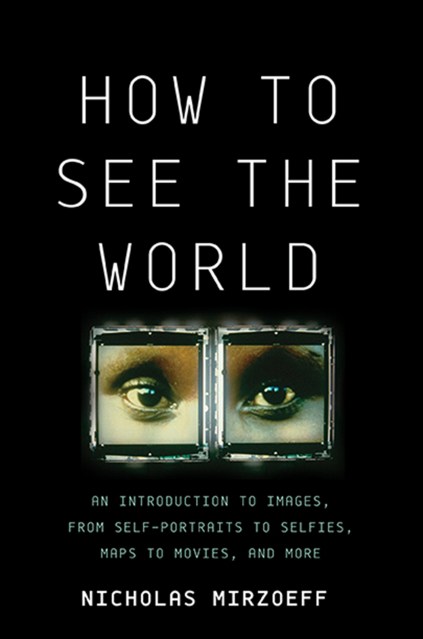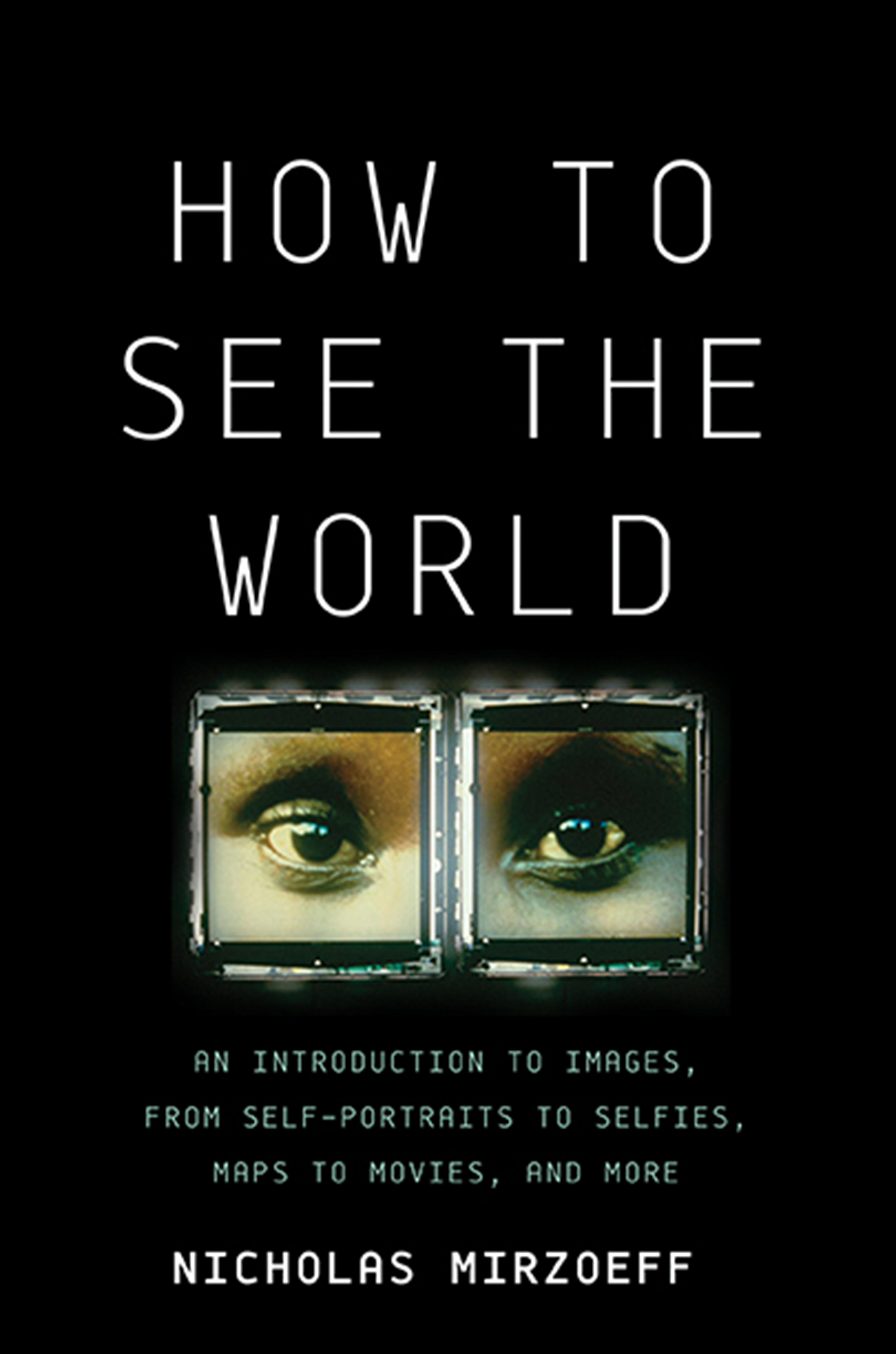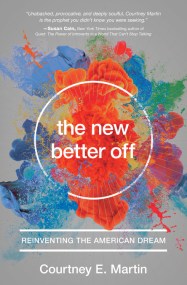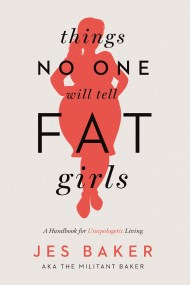Promotion
25% off sitewide. Make sure to order by 11:59am, 12/12 for holiday delivery! Code BEST25 automatically applied at checkout!
By clicking “Accept,” you agree to the use of cookies and similar technologies on your device as set forth in our Cookie Policy and our Privacy Policy. Please note that certain cookies are essential for this website to function properly and do not require user consent to be deployed.
How to See the World
An Introduction to Images, from Self-Portraits to Selfies, Maps to Movies, and More
Contributors
Formats and Prices
- On Sale
- Apr 12, 2016
- Page Count
- 352 pages
- Publisher
- Basic Books
- ISBN-13
- 9780465096015
Price
$18.99Format
Format:
- ebook $18.99
- Hardcover $39.00
This item is a preorder. Your payment method will be charged immediately, and the product is expected to ship on or around April 12, 2016. This date is subject to change due to shipping delays beyond our control.
Buy from Other Retailers:
In How to See the World, visual culture expert Nicholas Mirzoeff offers a sweeping look at history’s most famous images — from Velezquez’s Las Meninas to the iconic “Blue Marble” — to contextualize and make sense of today’s visual world. Drawing on art history, sociology, semiotics, and everyday experience, he teaches us how to close read everything from astronaut selfies to Impressionist self-portraits, from Hitchcock films to videos taken by drones. Mirzoeff takes us on a journey through visual revolutions in the arts and sciences, from new mapping techniques in the seventeenth century to new painting styles in the eighteenth and the creation of film, photography, and x-rays in the nineteenth century. In today’s networked world, mobile technology and social media enable us to exercise “visual activism” — the practice of producing and circulating images to drive political and social change. Whether we are looking at pictures showing the effects of climate change on natural and urban landscapes or an fMRI scan demonstrating neurological addiction, Mirzoeff helps us to find meaning in what we see.
A powerful and accessible introduction to this new visual culture, How to See the World reveals how images shape our lives, how we can harness their power for good, and why they matter to us all.
Newsletter Signup
By clicking ‘Sign Up,’ I acknowledge that I have read and agree to Hachette Book Group’s Privacy Policy and Terms of Use






